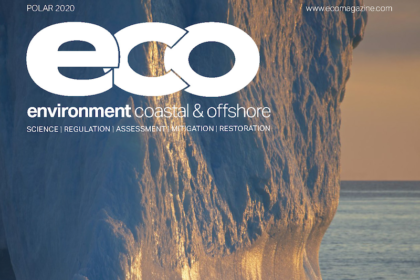
ECO Magazine’s article “A Treasure from the Deep” provides perspective on studying zooplankton swimmer samples to better understand deep-sea biodiversity and inter-seasonal changes in carbon flux.
Among the ocean observatories discussed was the SOTS Observatory, an Integrated Marine Observing System (IMOS) Australia, site that uses McLane Sediment Traps and was recently noted for collecting the longest-ever time series samples from the Southern Ocean.
Sustained mooring observatories such as SOTS, are known for helping close the seasonal gaps in ocean observation data, including year-round, long-term data on zooplankton swimmers. Studying the swimmers further helps improve improve our understanding of the marine carbon cycle.
McLane Sediment Traps collect vertically settling particles into 13 or 21 individual sample bottles of 500mL or 250mL ea, which are sealed when not in collection mode. McLane Sediment Traps provide exceptional performance for biogeochemical studies including radionucleide, paleoproxy, carbon cycle analysis. They are also beneficial for environmental and pollution monitoring.
Read the full ECO article for more details.
Read more about McLane Sediment Traps.


